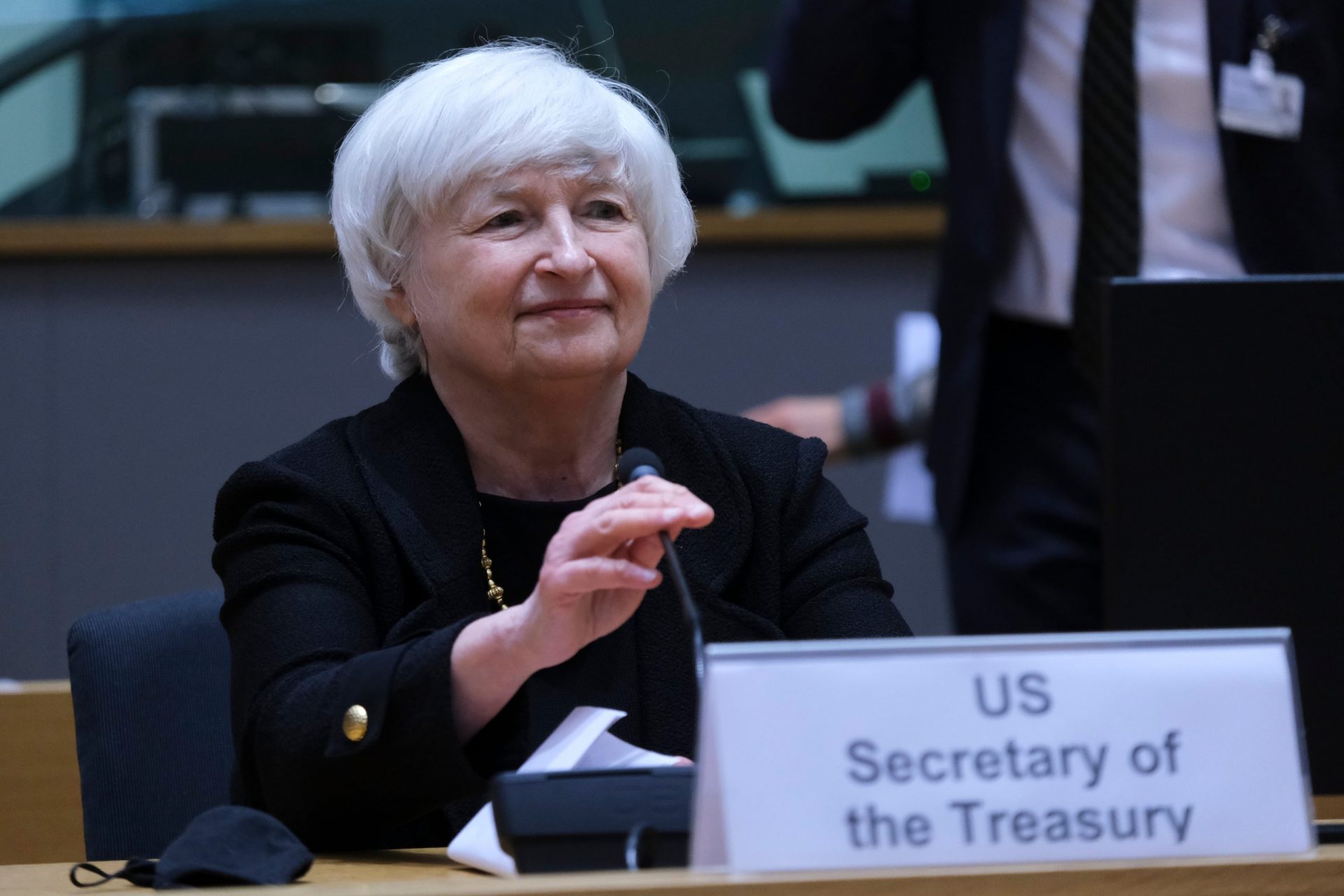Accounting
Feds Say Silicon Valley Bank Deposits Safe, Create New Backstop
The Treasury Department, Federal Reserve and Federal Deposit Insurance Corp. jointly announced the efforts aimed at strengthening confidence in the banking system
Mar. 13, 2023

By Craig Torres, Christopher Condon, Bloomberg News (via TNS).
U.S. authorities raced on Sunday to stem jitters about the health of the nation’s financial system, pledging to fully protect all depositors’ money following the collapse of Silicon Valley Bank while also giving any banks squeezed for cash easier terms on short-term loans.
The Treasury Department, Federal Reserve and Federal Deposit Insurance Corp. jointly announced the efforts aimed at strengthening confidence in the banking system after SVB’s failure spurred concern about spillover effects.
SVB’s collapse into FDIC receivership — the second-largest U.S. bank failure in history behind Washington Mutual in 2008 — came suddenly on Friday, following a frenetic couple of days where its long-established customer base of tech startups yanked deposits. After SVB’s collapse, a number of other regional lenders saw their shares plunge amid concerns about the financial stability of smaller banks.
Treasury Secretary Janet Yellen said the actions will protect “all depositors,” signaling aid to those whose accounts exceed the typical $250,000 threshold for FDIC insurance.
SVB depositors “will have access to all of their money starting Monday, March 13,” the government said in a statement, adding that taxpayers won’t be responsible for any losses associated with SVB’s resolution.
In a sign that the situation had worsened, the government also said Signature Bank was closed by New York state financial regulators on Sunday and all depositors there will also have access to their money on Monday.
A senior Treasury official, in a briefing call with reporters, said there are other banks that appeared to be in similar situations to SVB and Signature and regulators had concerns about their depositors. The official also said the steps didn’t constitute a bailout, as equity and bondholders of SVB and Signature would be wiped out.
The Fed in a separate statement said it’s creating a new “Bank Term Funding Program” that offers loans to banks under easier terms than are typically provided by the central bank.
Fed officials said on a briefing call that the facility will be big enough to protect uninsured deposits in the wider U.S. banking system. It was invoked under the Fed’s emergency authority allowing for the establishment of a broad-based program under “unusual and exigent circumstances,” which requires Treasury approval.
The Treasury will “make available up to $25 billion from the Exchange Stabilization Fund as a backstop” for the bank funding program but the Fed doesn’t expect to draw on the funds, it said.
Under the new program, which provides loans of up to one year, collateral will be valued at par, or 100 cents on the dollar. That means banks can get bigger loans than usual for securities that are worth less than that — such as Treasuries that have declined in value as the Fed raised interest rates.
Normally, under the Fed’s main lending program, known as the discount window, the Fed typically lends money at a discount against the assets provided as collateral, a practice known as haircuts. The Fed said the loans under the discount window, which are up to 90 days, will now be subject to the same collateral margins as the new bank funding facility.
The Fed’s emergency lending program is “an admission not only of systemic risk but that the risks are so unusual and exigent that failure to invoke this liquidity could create a financial crisis,” said Peter Conti-Brown, associate professor at the University of Pennsylvania’s Wharton School.
___
—With assistance from Saleha Mohsin, Kate Davidson and Alister Bull.
___
©2023 Bloomberg L.P. Visit bloomberg.com. Distributed by Tribune Content Agency, LLC.
